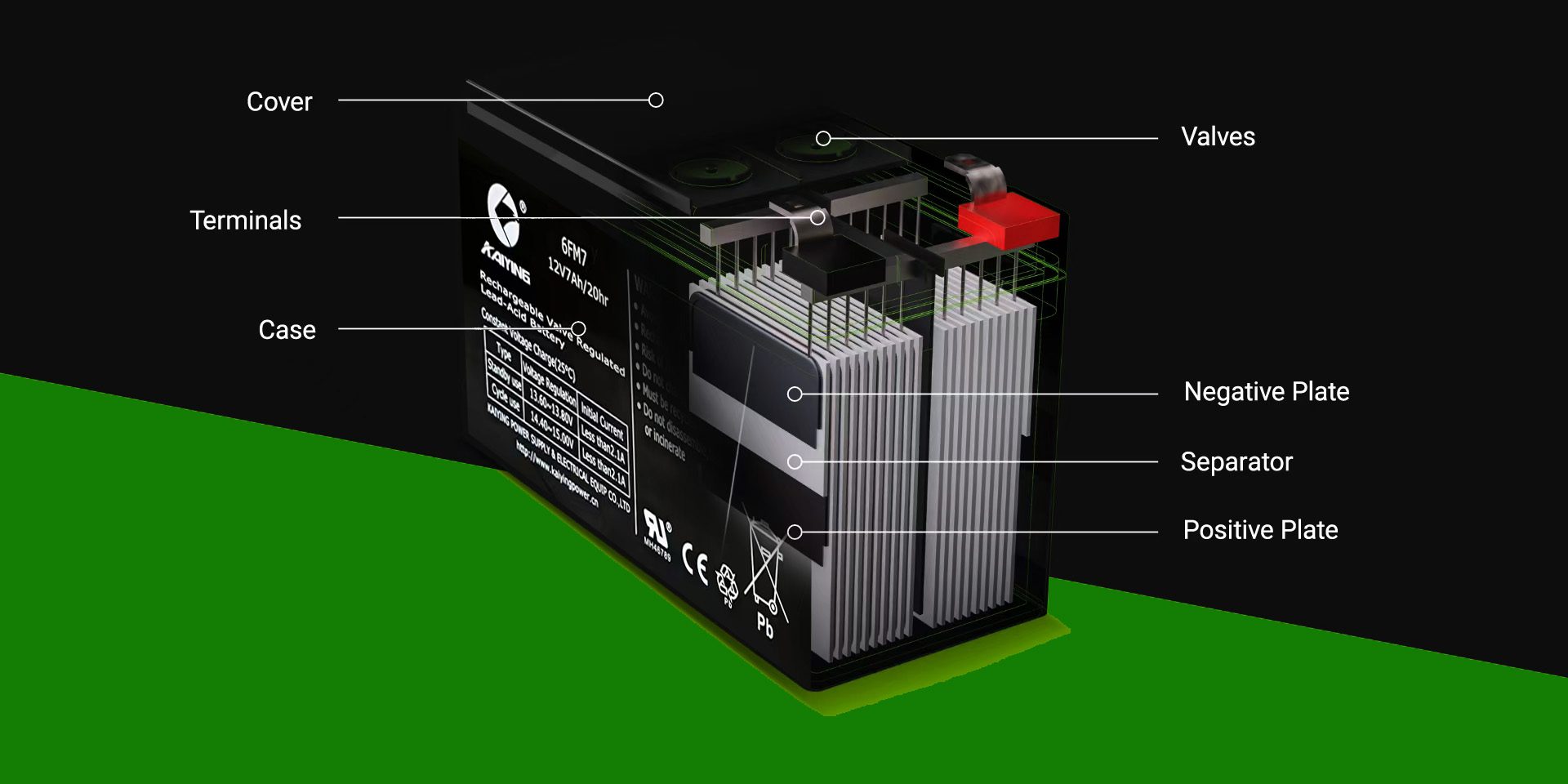current location : Home » categoires :
A Comprehensive Analysis of Lead-Acid Battery Plate Manufacturing From Lead Ingots to Green Plates
A Comprehensive Analysis of Lead-Acid Battery Plate Manufacturing From Lead Ingots to Green Plates

Lead-acid batteries, as one of the most mature electrochemical energy storage technologies, rely heavily on the quality of their battery plates. The manufacturing of battery plates integrates precision processes from metallurgy, chemistry, and materials science. This article delves into the full production process of green plates (unformed plates), from raw materials to final shaping, revealing the modern industrial wisdom behind this traditional technology.
I. Raw Material Preparation: Metallurgical Purification of High-Purity Lead
1. Lead Ingot Melting
We utilize electrolytic lead ingots with a purity of ≥99.99%, which are melted into liquid lead in a lead melting furnace at 450-500°C. To enhance mechanical strength, alloying elements are added in proportion:
Positive Plates: 0.3%-1.2% antimony (Sb) is added to enhance corrosion resistance;
Negative Plates: Lead-calcium alloy (0.08%-0.12% Ca) is used to reduce the risk of hydrogen evolution.
2. Lead Powder Preparation (Lead Oxide Generation)
Molten lead is atomized into micrometer-sized lead particles through a lead powder machine (using the Barton method or ball milling method). These particles react with air in an oxidation chamber to form porous lead oxide (PbO):
2Pb + O₂ → 2PbO
The lead powder has a particle size controlled at 2-5μm and a specific surface area of 0.8-1.5 m²/g, ensuring high reactivity for subsequent reactions.
II. Paste Preparation: The Core Carrier of Electrochemical Active Substances
1. Formula Mixing
Lead oxide powder, deionized water, sulfuric acid (density 1.40g/cm³), and fibrous additives (such as lignin) are mixed in proportion in a paste mixer:
Positive Plate Paste: Lead powder:Sulfuric acid:Water ≈ 100:8:12, forming a porous PbO·PbSO₄ framework;
Negative Plate Paste: Expanding agents (such as carbon black, barium sulfate) are added to inhibit passivation.
2. Paste Maturation
The mixed paste is left to mature in an environment at 35-45°C with humidity >90% for 8-12 hours, completing the following reaction:
4PbO + H₂SO₄ → 3PbO·PbSO₄·H₂O + H₂O
This forms a stable basic lead sulfate network structure, with the paste density reaching 4.0-4.3g/cm³.
III. Grid Manufacturing: The Mechanical Framework of Battery Plates
1. Alloy Casting
Using die-casting or continuous expanded mesh processes, lead-calcium/lead-antimony alloys are formed into grid-like structures:
Thickness: Positive plates 1.8-2.5mm, negative plates 1.2-1.8mm;
Grid Design: Diamond or radial patterns to reduce internal resistance and enhance active material adhesion.
2. Surface Treatment
The grids are cleaned with dilute sulfuric acid (5%) to remove oxide layers, forming a micro-rough surface to enhance paste adhesion.
IV. Coating and Curing: Precision Shaping of Active Materials
1. Automated Coating
Grids are evenly coated with paste using a double-belt coater, with precise paste application within ±0.5g per plate. The thickness is controlled by rolling (positive plates 2.5-3.0mm, negative plates 1.8-2.2mm).
2. Curing and Drying
The coated plates undergo a three-stage curing process in a humidity-controlled tunnel kiln:
Surface Drying (40°C, 2h): Rapid dehydration to prevent cracking;
Crystal Transformation (65°C, 12h): PbO·PbSO₄ → 4PbO·PbSO₄;
Final Drying (50°C, 6h): Residual moisture <0.5%.
This results in porous, high-mechanical-strength green plates (positive plates PbO/PbSO₄, negative plates sponge-like Pb).
V. Quality Control: Precision Manufacturing Empowered by Digitalization
Online Inspection: X-ray thickness gauges monitor paste uniformity in real-time;
Physical Indicators: Plate hardness (Shore A 50-65), bending strength (>15MPa);
Electrochemical Pre-testing: Random sampling for 0.5C discharge testing, with capacity deviation ≤3%.
VI. Environmental Protection and Innovation: The Industrial Revolution of Green Manufacturing
Lead Dust Control: Fully enclosed production lines with bag filters, lead emissions <0.1mg/m³;
Paste Recycling: Centrifugal separation technology achieves a paste reuse rate >95%;
Smart Factory: MES systems optimize process parameters at the millisecond level, reducing energy consumption by 18%.
The manufacturing process from lead ingots to green plates represents the perfect integration of materials science and engineering technology. Kaiying Power ensures that each battery plate combines high energy density with ultra-long cycle life through full-process digital control and green process innovation, providing a reliable power core for global energy storage systems.
(Data support provided by Kaiying Power's R&D Institute)
prev The Difference Between Lithium Iron Phosphate Battery and Lithium Battery
next 12V Lead-Acid Batteries in Stairlifts | Kaiying Power